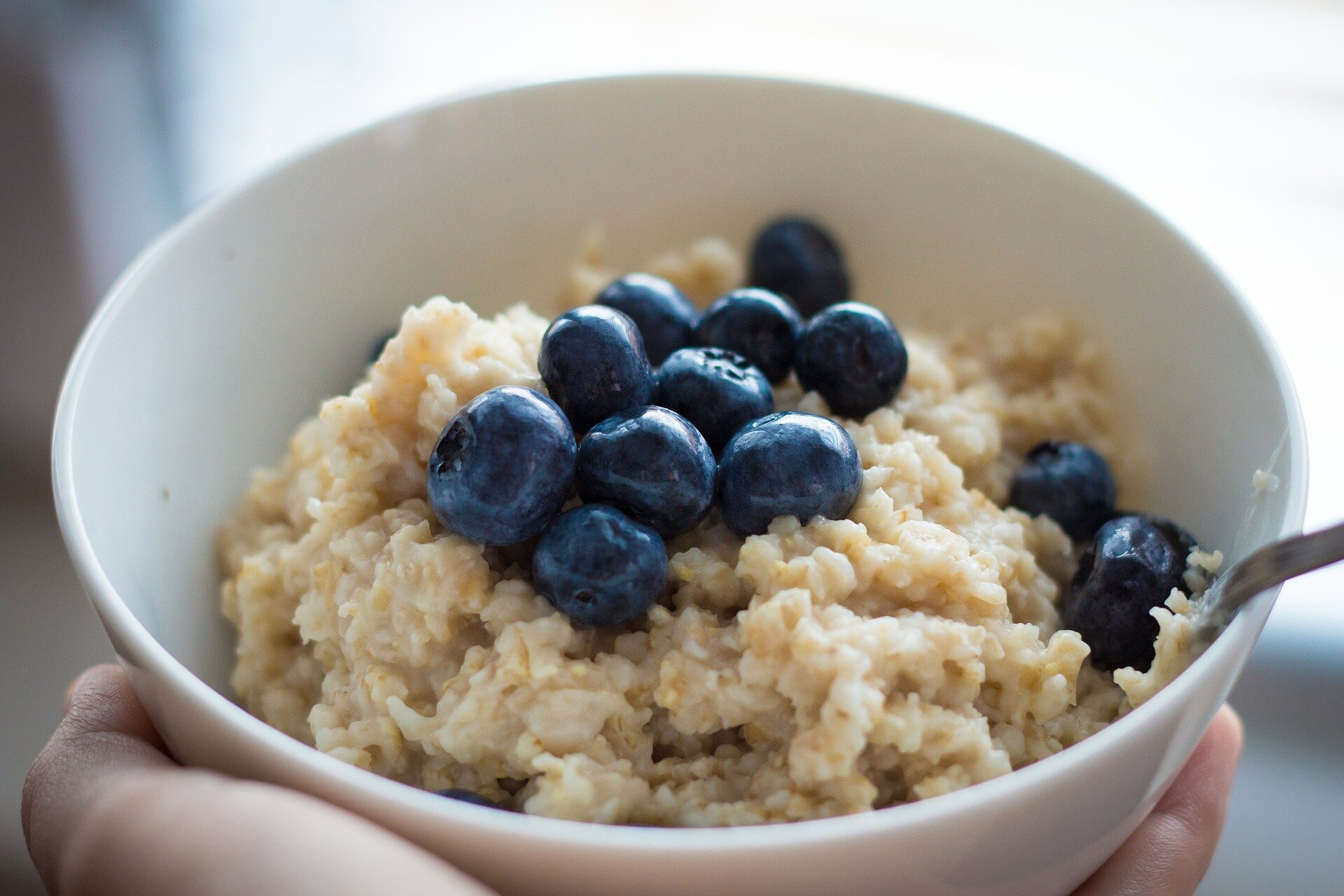When researching for marathon training plans, you have probably come across the term “periodization”. Basically, the idea behind this training approach is breaking up a training cycle into blocks of about four to eight weeks in length that serve different purposes. It is tough to work on achieving all goals to be marathon-ready all at once, so periodization training has a focus on working on one or two goals at a time. This is most definitely a more realistic training plan for someone who either has limited time to begin with or has several months before their next race. Even elite and professional runners train this way year round. It not only keeps us sane and less stressed working on one thing at a time but also decreases the risk of injuries and burnout.
Periodization Phases
Base
The first phase of periodization training focuses on building endurance, which is the foundation of any long distance running. This is the phase that builds up mileage using gradually increasing easy runs with only a few short speedier runs mixed throughout. The speed work during the base phase should include of 10 to 20 sets of 20 to 30-second strides at the end of a few easy runs each week. Strides are useful for working on proper running form and to prepare the body for faster running. Each set should be a gradual pick-up in speed to a controlled fast pace while working on increasing your stride length. Performing strides on grass decreases the impact on the body.
Another addition of speed work during the second half of the base phase is the inclusion of mini tempo runs. Pick one easy run per week to include 15 minutes of running at around half marathon pace. This will begin introducing faster paced running so that the next phase of your training cycle will not be too shocking. Weekly long runs are the cornerstone of phase one and should always be done at conversational pace and build up to about 15 to 16 miles in length. Two to three days per week of weight training should also be included in this phase to build strength in important muscle groups such as the legs and core. Since the base phase is the easiest on the body, it can be anywhere from four to eight or more weeks in length.
Strength
The second phase of periodization training focuses on building strength and speed with the inclusion of more specific speed workouts and hill sessions while maintaining mileage and weight training. In this phase, two easy runs per week will turn into two different speed sessions. The first speed session should be an increasing tempo run. Start with 15 minutes of your run at half marathon pace or slightly faster the first week and increase by 5 to 10 minutes each week until you are running 60 minutes at tempo pace. These workouts will help build strength in connective tissue and build muscle endurance to be able to get comfortable with running at your goal pace.
The second speed session can be alternated between shorter, faster repeats and hill workouts. Running on a track works best, but any uninterrupted road will do. After warming up for two to three miles, run intervals such as 4 to 8 repeats of between 1000 to 1600 meters at 5k to 10k race pace with short recovery periods of 1 to 2 minutes in between. Cool down for one or two miles. Every other week can include hill repeats of both uphill and downhill running at half marathon pace. Begin with four sets and build to eight to ten repeats by the end of the phase. Hill workouts are an excellent lower impact way to build strength and speed. Phase two will last about eight weeks in length.
Peak
The peak phase of periodization training is basically where your highest mileage and hardest workouts land. This is where you build confidence and tax your body the most while continuing to build fitness. With proper periodization, you should feel comfortable running at your goal pace for several miles during peak month. Continue with two speed workouts each week—one longer tempo run and shorter, faster repeats. Your track session will include double the repeats you were doing in the strength phase with distances ranging from 200 to 800 meters at 5k pace with one or two recovery minutes in between, for example. Form drills and strides should not be neglected during this phase, as it is a time to practice maintaining proper mechanics when fatigued.
Following the peak phase is two weeks of tapering right before your race. After this tough month of your hardest training, your body will beg for the taper weeks. Many runners usually dread these couple of weeks before a race because they feel they are losing fitness with the scaling back of volume and intensity. With proper phasing in training, you can push your limits during the peak phase and enjoy your taper, as you should. It is a time to let your body recover and focus on good nutrition and sleep to gather energy for race day. Periodization is a useful method to plan your training as it helps to gradually adjust your body to higher intensity and faster paces with a lower risk of overtraining or injuries. You are less likely to experience any setbacks during training using these cycles.
Sources
Trent Stellingwerff, Case Study: Nutrition and Training Periodization in Three Elite Marathon Runners, Journal, July 22, 2020.















